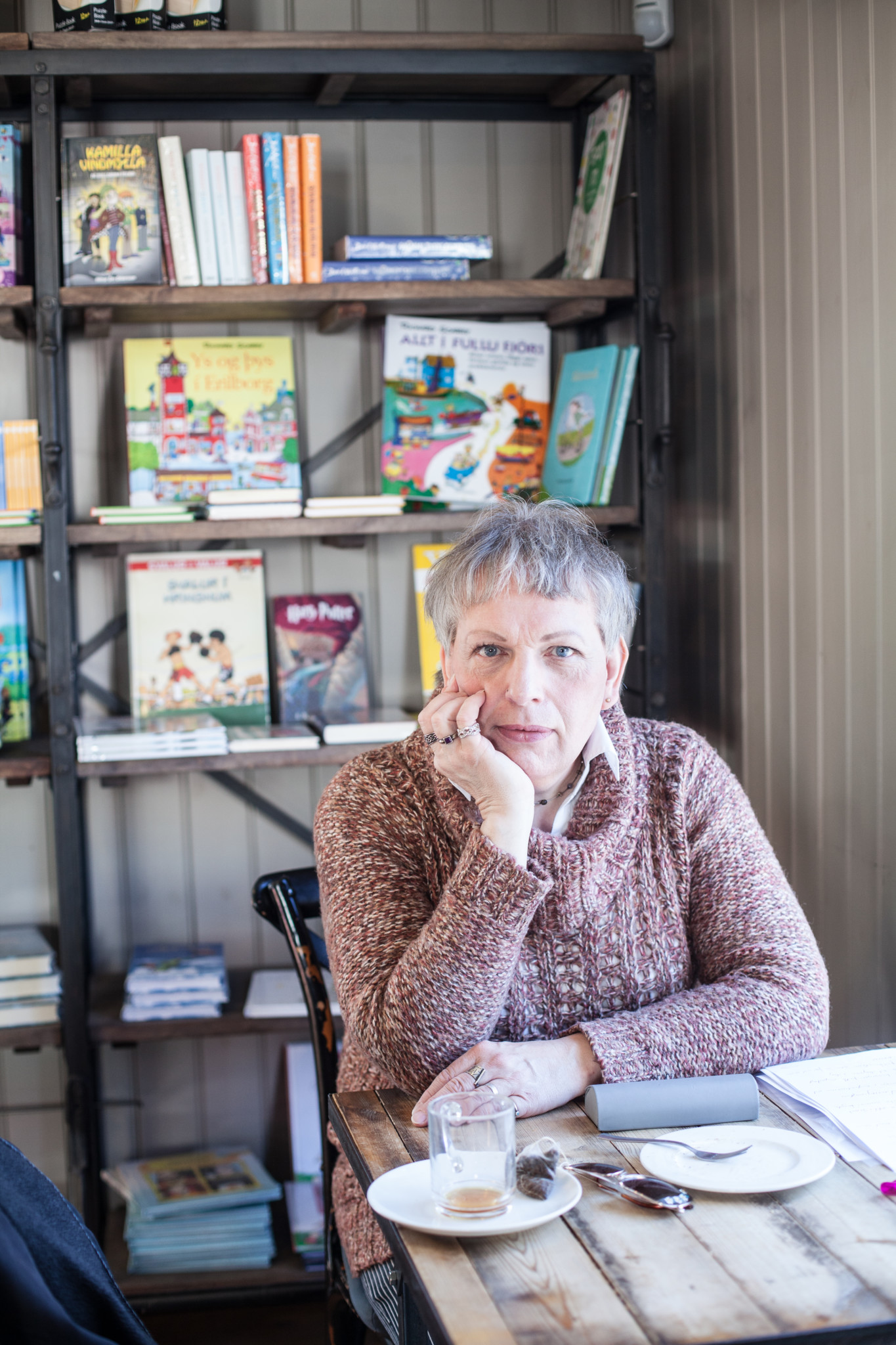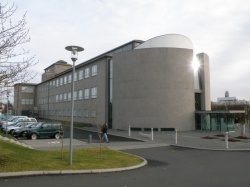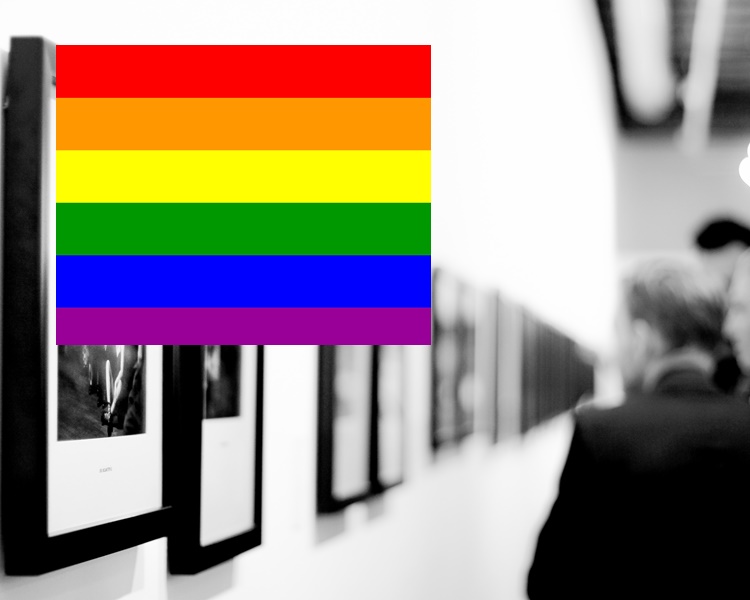A lecturer at the University of Iceland (Háskóli Íslands) claims that public museums are disregarding their duty to represent the whole nation, by shunning queer issues. The lecturer wants to bring queer history into light.

“Public museums have a responsibility towards society and social groups, it’s their duty to bring queer history into light, as a part of their role in gathering information and material evidence about the nation. But they haven’t done so, because of what can only be seen as institutionalized homophobia,” argues Dr. Magnus Gestsson, a lecturer in Art History, Art Theory and Museum Studies at the University of Iceland.
Magnus mastered in both History of Art Architecture and Design and Museum Studies, and subsequently was awarded a Phd in museum and gallery studies from the University of Leicester in 2009. Moving back to Iceland in 2014 it struck Magnus that queer history seems to be non-existent in local and national museums. In order to take on the problem and gather information on the subject a group of Museum Studies students was offered to research and write course essays on the subject of the visibility of queer culture in Icelandic museums. The results were striking and could be used as a challenge for the Icelandic museums to take responsibility and make queer history visible. The studies produced by the group could also be used as guide lines for museums and galleries to take on the challenge of representing queer culture both creatively and constructively.
Why do you think public museums have ignored queer history? Why the “institutionalized homophobia” as you put it?
“There are somethings in the queer culture that raises fear and one of those things is sex. Heterosexual public displays of affection are ubiquitous. Hetero people holding hands and kissing – and that’s not a problem. But when it comes to queer public displays of affection in the public sphere, people get hesitant. Exhibitions have even been stopped for hinting at homosexual and other variations of queer sex-life. That’s pure censorship and should not be tolerated.”
Do you feel that Icelanders are proud of their ‘liberalism’ towards the queer community, only when it suits them? Such as when the world celebrates the first openly gay prime minister?
“Well, there was an exhibition until 31st of August last, celebrating the centenary of Icelandic women’s right to vote in one of the galleries at the National Museum of Iceland (Þjóðminjasafn). One of the displays was a huge photo of Jóhanna Sigurðardóttir, the former prime minister. Next to the image there was a very informing text, reciting her story – her being prime minister and fighting for women’s rights and so on – but not once is it mentioned that she is a lesbian, or the fact that she was the word’s first openly gay prime minister. Not once!”
“… in one of the galleries of the National Museum of Iceland… was a huge photo of Jóhanna Sigurðardóttir … not once is it mentioned that she is a lesbian, or that she was the word’s first openly gay prime minister. Not once!”
Have the public museums ignored this duty completely?
“I know that the National Museum has sent out a questionnaire regarding queer people. And a few years back it also held a small photography exhibition in cooperation with the national queer organisation of Iceland, Samtökin ’78. A few photographs, and that was it.
When I visited the museum with the Museum Studies students in the spring this year not even the Rainbow flag was on the conveyor belt that represents the most recent history in the main exhibition. This alienation from history not enough. Something has to happen. My vision is much greater than a conveyor belt and an exhibition of photographs that gets taken down.”
Just how do you think the museums should take the first steps towards queer visibility? “Well, one small example my students spotted, is a figurine of Thor [Thor, as in Thor the thunder-god], that greets you as you enter the main exhibition. And as many people know, when

Thor lost his hammer he dressed up in drag and Loki – that wonderful creature with fluid gender identity – dressed up in drag and together they went to reclaim Thor’s hammer. So, there you immediately have an opportunity to start a common (queer) thread that could run through the main exhibition.”
Magnus says that there are so many more opportunities that the students spotted in that specific exhibition. “Another example is the conveyor belt, which should represent contemporary society. There wasn’t even a rainbow flag there – still Samtökin ’78 is one of the most important human rights association formed in Iceland in the late 20th century. But fortunately, after our visit the rainbow flag was placed on the conveyor belt, thanks to an insider who had been campaigning for it for some time.”
So basically your argument is not only to produce a special exhibition that would focus on queer history, but also to focus on the queer history that’s hidden in the current permanent exhibition, The Making of a Nation?
“Exactly. I would to make it clear that queer history is intertwined with the nation’s culture all the way back to ‘The Lay of Thrym’ [a Norse myth, one of the best known poems from the Poetic Edda ], at the least,” says Magnus and adds that the next step is to get a specialist to research and review the exhibition from queer perspective, and point out un-utilized opportunities. “These kinds of exhibitions have to evolve, just as our knowledge does. And public museums have a duty, by law, to collect data and information about the nation and make it accessible in exhibitions.”
Main photo: Pixels.com


